Spain: analysis of household food consumption
The current scenario in Spanish households reflects a complex situation, characterised by key changes in consumption habits and purchasing power. In 2022, a sharp contraction in food consumption showed even less purchases tham in the pre-pandemic period.
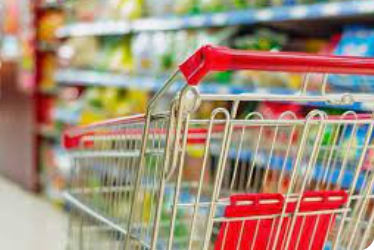
The latest evidence, based on the rolling year ending October 2022, indicated a decrease in consumption of 8.8% compared to the previous period. Although the average price experienced an increase of 6.9%, this was not enough to compensate for the drop in purchase volume, resulting in a decrease in market value of 2.5%. These figures are a clear reflection of the challenges facing Spanish households in terms of food consumption.
According to the report presented by the Ministry of Agriculture, last year, the economic environment was marked by the recovery from the global health crisis, the war between Ukraine and Russia and rising inflation in general terms. It is said it is important to note that this sharp contraction in consumption even means that households purchased less food and beverages in 2022 than in the pre-pandemic period.
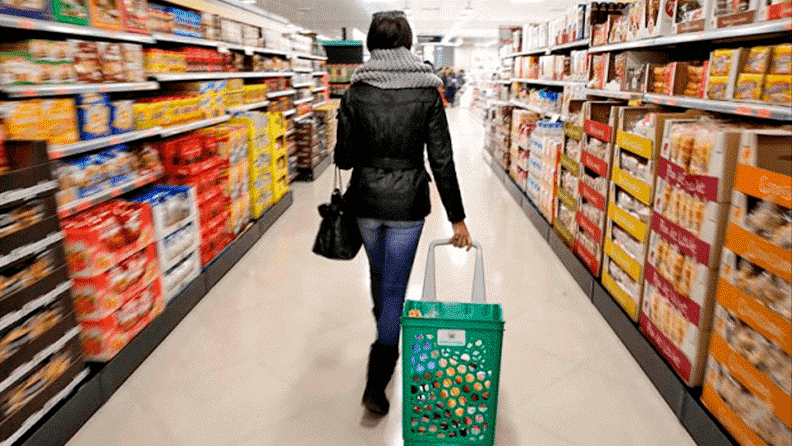
There are a number of factors that explain this decline. On the one hand, the return to normality with the elimination of restrictive timetables, as well as mobility, conditioned the return to consumption outside the home. With the gradual return to normality and the return to face-to-face work, the number of main meals at home decreased, except for breakfast.
This reduction in domestic consumption was reflected in many food and beverage products, especially promoted by a lower consumption of the main food categories of fresh products, which account for the largest volume share in the food basket, such as fresh fruit, vegetables and potatoes, milk and dairy products, meat, fish, oil and eggs.
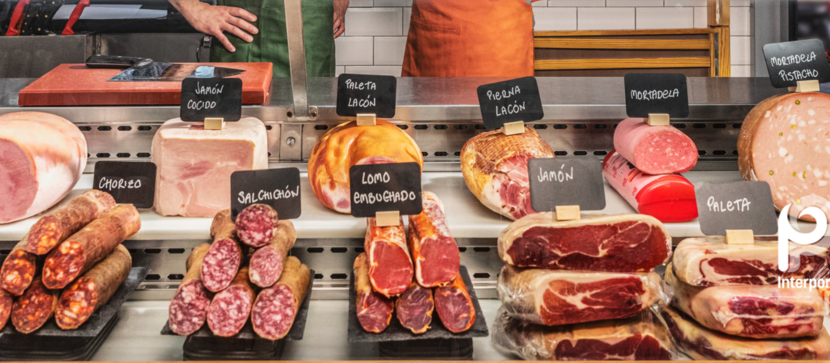
What was new, compared to previous reports, is a decrease in the intake of meat protein, which was highly consumed during the pandemic and the period of restrictions, and a reduction in the number of consumers who could be considered fully omnivorous to the benefit of flexitarians, vegetarians and vegans.
Meat consumption in decline
Households in Spain significantly decreased their meat purchases, with a drop of 12.4% at the end of the rolling year in October 2022. This decline was seen in all segments: frozen meat lost 19.2% of its volume, processed meat 8.6% and fresh meat 13.6%. Within the fresh meat category, the sheep/goat segment recorded a particularly strong decrease of 24.7%. Poultry and pork showed more resilience with less pronounced decreases of 13.8% and 10%, respectively.
The impact on fisheries products
In line with the general downward trend in consumption, the fisheries sector experienced a contraction of 14.7%. This was reflected in the consumption of fish products, both fresh (16.3%) and frozen (13%). The situation was no more encouraging for seafood consumption, which fell by 17.1 %, while canned fish/seafood showed a decrease of 8.7 % in volume.
Situation of the dairy sector and other basic foodstuffs
The dairy sector, although not immune to the general negative trend, showed a somewhat smaller than average decline of 6.5 %. Other staple foods such as eggs and sugar also saw their consumption fall by 8.9% and 16.7% respectively. Bread consumption also dropped by 7%.
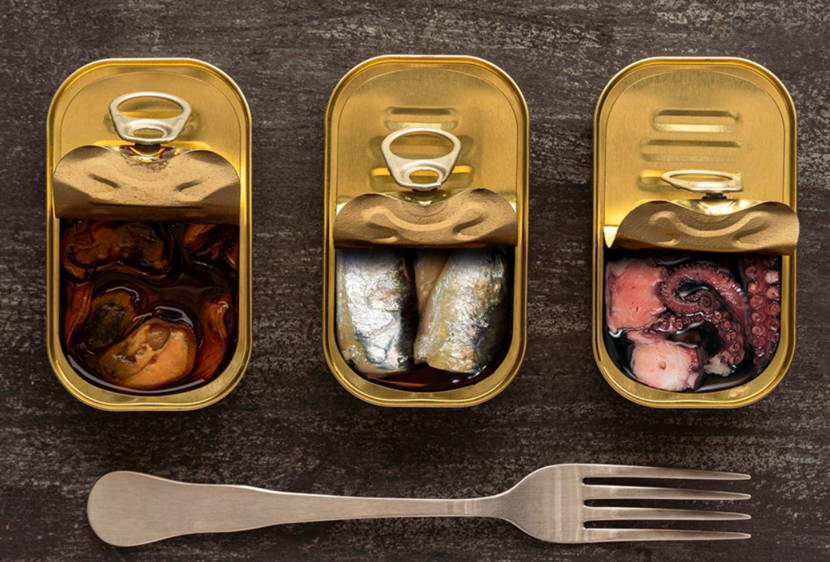
Oil: a particular case
Oil consumption followed a downward trend, with a decrease of 8.5%. However, a sharp increase in the average price of 36.4% pushed the sector's turnover up by 24.7%. The fall in consumption was evident in both types of oil most present in the market, sunflower and olive oil, with decreases of 18.3% and 4.2% respectively.
Fresh produce and beverages
Consumption of fresh produce also declined in Spanish households. Fresh vegetables and potatoes contracted by 13.9%, while fresh fruit fell by 12.2%. The figures were particularly unfavourable for peppers and watermelons, which showed declines of 17.5% and 25.1% respectively.
In beverages, no category managed to surpass the previous rolling year's figures. Wine stood out with a contraction of 13.8%.
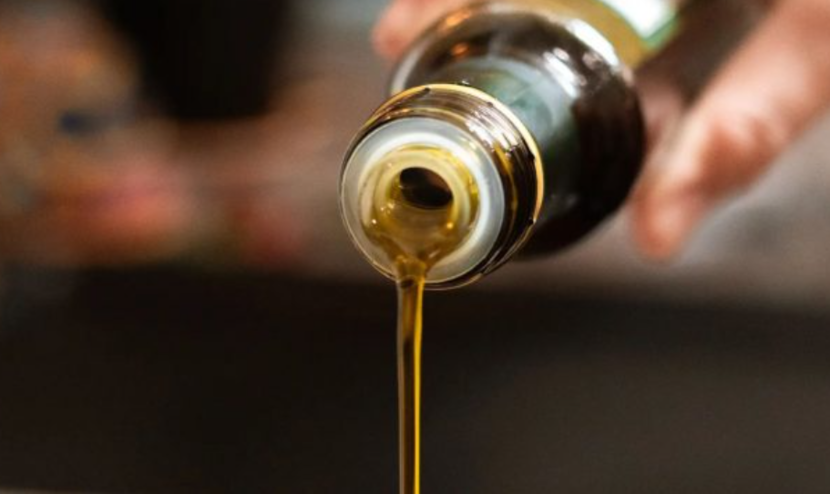
The full report: Informe del consumo alimentario en España 2022 (mapa.gob.es) (in Spanish)
Would you like to contact the agricultural team at the Netherlands Embassy in Spain? You can send an email to mad-lnv@minbuza.nl